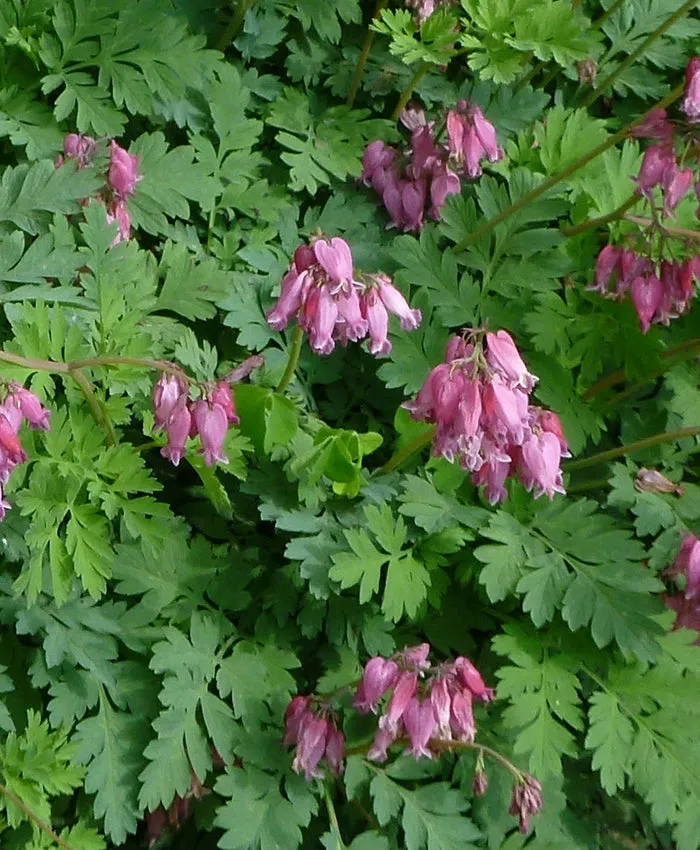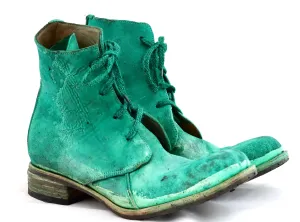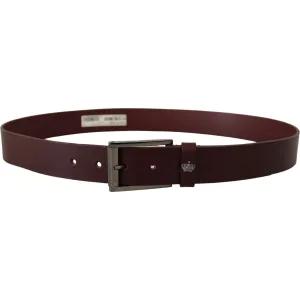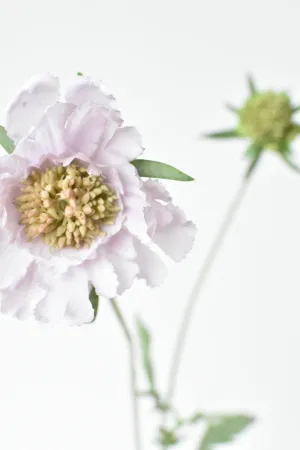The Bleeding Heart Fern, is a perennial fern that is native to Japan, China, and Korea. It is a popular ornamental plant known for its unique and attractive foliage. The Bleeding Heart Fern has delicate, finely-cut, and arching fronds. The individual leaflets are deeply lobed, resembling the shape of a heart. The fern has a clumping or mounding growth habit, forming a neat and compact shape. The foliage is typically a vibrant green, creating a lush and feathery appearance. The unique shape of the leaves adds an elegant touch to gardens and indoor spaces.
- Size: The fronds emerge from a central point and can reach a length of about 12 to 24”
- Exposure: Plant the fern in partial to full shade. It thrives in woodland gardens or shaded borders.
- Soil: Use well-draining, rich, and organic soil. A mix of peat moss, perlite, and potting soil works well for container planting.
- Maintain consistently moist soil, as the Bleeding Heart Fern prefers a humid environment.
- Watering: Keep the soil consistently moist but not waterlogged. Water when the top inch of soil feels slightly dry.
- Provide higher humidity levels, especially if grown indoors. Mist the foliage regularly or place a tray of water near the plant.
- Temperature: Bleeding Heart Ferns prefer cool to moderate temperatures. They thrive in temperatures between 60-70°F (15-21°C).
- Protect the fern from extreme heat, and avoid exposing it to drafts or cold winds.
- Fertilization: Feed the fern with a balanced liquid fertilizer during the growing season (spring and summer) to support healthy growth.
- Reduce fertilization in the fall and winter when the plant is less active.
- Pruning: Remove any dead or yellowing fronds to maintain a tidy appearance.















